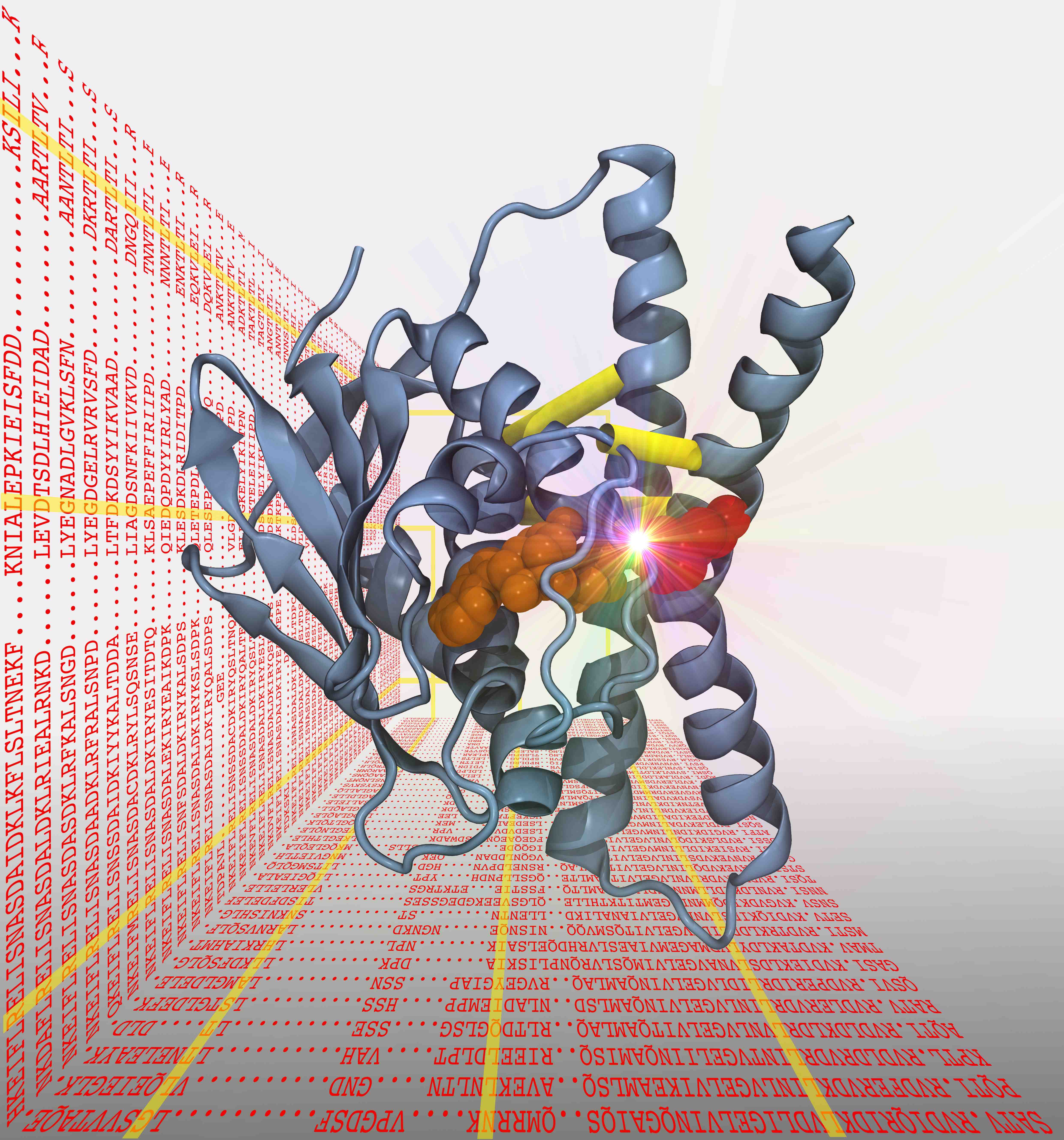Advances in sequencing and other high-throughput experimental technologies have fueled the genomic revolution over the last 10-15 years, providing an unprecedented amount of large-scale biological data. To extract information from such data, and to reach a deeper understanding of the corresponding biological system, requires the solution of hard inference problems, which are intractable by conventional computational tools.
Our group, newly established in Sept. 2011, draws inspiration from the statistical physics of disordered systems to develop novel algorithmic tools for solving large-scale optimization and inference tasks, to bring such computational methods to the full benefit of biological research.
Specific questions of our interest are:
- Statistical-physics inspired approaches to large-scale network inference
- Protein co-evolution and structural inference of proteins, their complexes, and their interaction specificity
- Inference of signal transduction networks from multiple-drug perturbation experiments
- Robust clustering of noisy data
NEW: Direct Coupling Analysis website offersa webservice, information and downloadable software.
|
Figliuzzi M, Barrat-Charlaix P, Weigt M. How Pairwise Coevolutionary Models Capture the Collective Residue Variability in Proteins?. Molecular Biology and Evolution. pp.msy007 (2018). |
|
Cocco S, Feinauer C, Figliuzzi M, Monasson R, Weigt M. Inverse Statistical Physics of Protein Sequences: A Key Issues Review. Rep. Prog. Phys. (2017). |
|
Uguzzoni G, Lovis SJohn, Oteri F, Schug A, Szurmant H, Weigt M. Large-scale identification of coevolution signals across homo-oligomeric protein interfaces by direct coupling analysis. Proceedings of the National Academy of Sciences. 114, pp.E2662-E2671 (2017). |
|
Gueudré T, Baldassi C, Zamparo M, Weigt M, Pagnani A. Simultaneous identification of specifically interacting paralogs and inter-protein contacts by Direct-Coupling Analysis. Proc. Natl. Acad. Sci. 113(43), pp.12186-12191 (2016). |
|
Figliuzzi M, Jacquier H, Schug A, Tenaillon O, Weigt M. Coevolutionary landscape inference and the context-dependence of mutations in beta-lactamase TEM-1. Mol Biol Evol. 33(1), pp.268-280 (2015). |
|
De Leonardis E, Lutz B, Ratz S, Cocco S, Monasson R, Schug A, Weigt M. Direct-Coupling Analysis of nucleotide coevolution facilitates RNA secondary and tertiary structure prediction. Nucleic Acids Res. 43(21), pp.10444-10455 (2015). |
|
Cocco S, Monasson R, Weigt M. From principal component to direct coupling analysis of coevolution in proteins: low-eigenvalue modes are needed for structure prediction. PLoS Comput Biol. 9(8), pp.e1003176 (2013). |
|
Ekeberg M, Lövkvist C, Lan Y, Weigt M, Aurell E. Improved contact prediction in proteins: using pseudolikelihoods to infer Potts models. Phys Rev E Stat Nonlin Soft Matter Phys. 87(1), pp.012707 (2013). |
|
Dago AE, Schug A, Procaccini A, Hoch JA, Weigt M, Szurmant H. Structural basis of histidine kinase autophosphorylation deduced by integrating genomics, molecular dynamics, and mutagenesis. Proc Natl Acad Sci U S A. 109(26), pp.E1733-42 (2012). |
|
Morcos F, Pagnani A, Lunt B, Bertolino A, Marks DS, Sander C, Zecchina R, Onuchic JN, Hwa T, Weigt M. Direct-coupling analysis of residue coevolution captures native contacts across many protein families. Proceedings of the National Academy of Sciences. 108, pp.E1293-E1301 (2011). |
|
Weigt M, White RA, Szurmant H, Hoch JA, Hwa T. Identification of direct residue contacts in protein-protein interaction by message passing. Proc Natl Acad Sci U S A. 106(1), pp.67-72 (2009). |





